According to statistics from the oryx website, a foreign open-source intelligence organization, Russia has lost over 1,500 tanks in the Russia-Ukraine War, including several cutting-edge T-90M tanks.
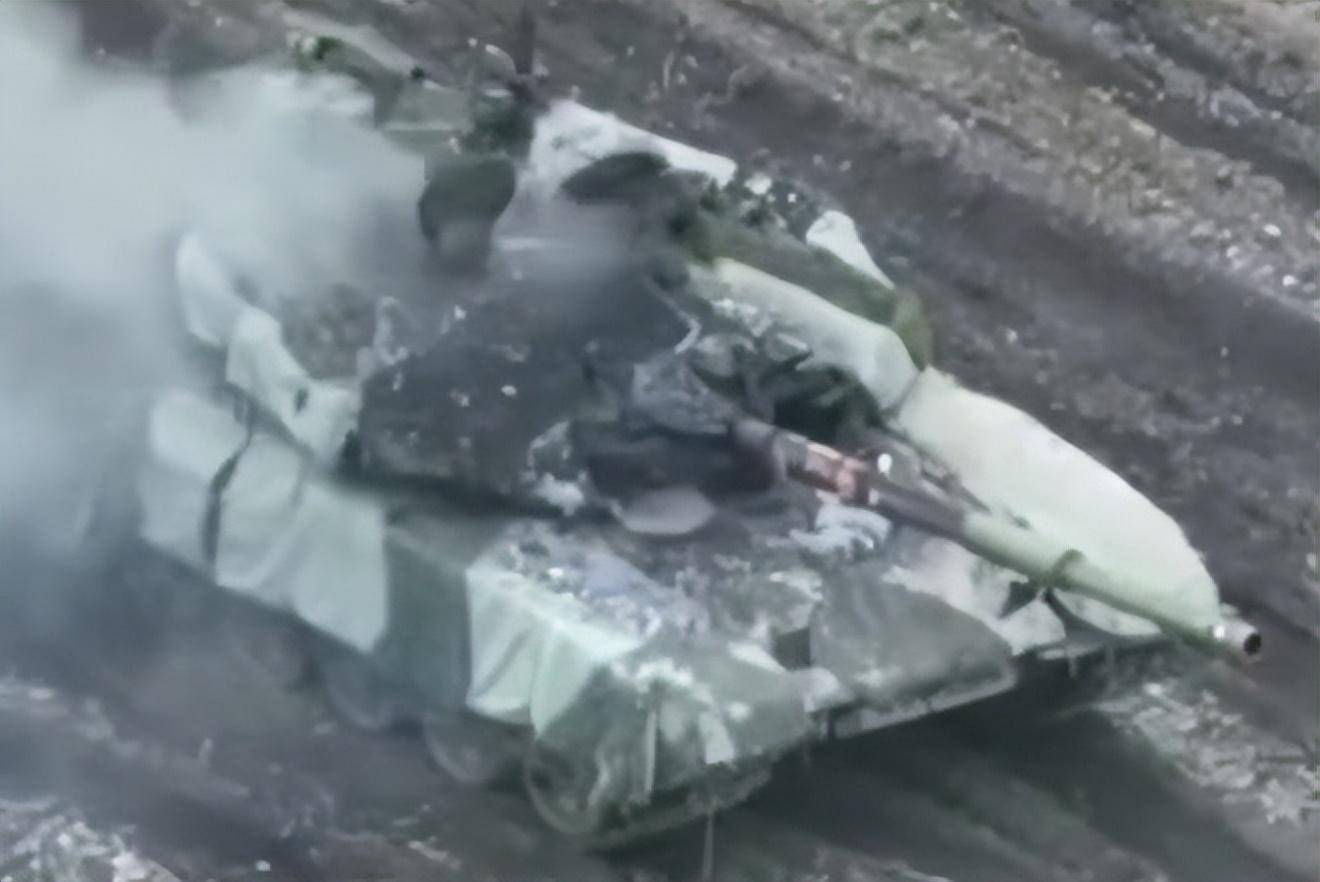
Not long ago, a T-90M was destroyed. It is said that a Swedish AT4 rocket launcher hit it in a weak area. In modern warfare, attacks from all directions with 360° and no dead ends made the former king of land warfare hard to defend.
But this cannot simply be attributed to the poor performance of Russian tanks; because of the high intensity and complexity of the Russian-Ukrainian battlefield, even if other tanks (including Leopard 2A6, M1A2) are replaced, I am afraid that they will not be able to get rid of the fate of flying turrets, such as many People are curious if the 99A tanks of china will perform better than the T-90M if they are sent there.
First of all, let’s take a look at where 99A has advantages and where it has disadvantages compared with T-90M. The most notable advantage is naturally the power system. The power system of 99A adopts an integrated power package design composed of a 150HB 1500-horsepower diesel engine and a hydraulic transmission. The fast hoisting in one hour greatly facilitates the logistics. This power system is also the biggest improvement of the 99A compared with the old 99. It marks that the 99 families has made up for the last shortcoming and has caught up with the mainstream Western level in terms of power system.
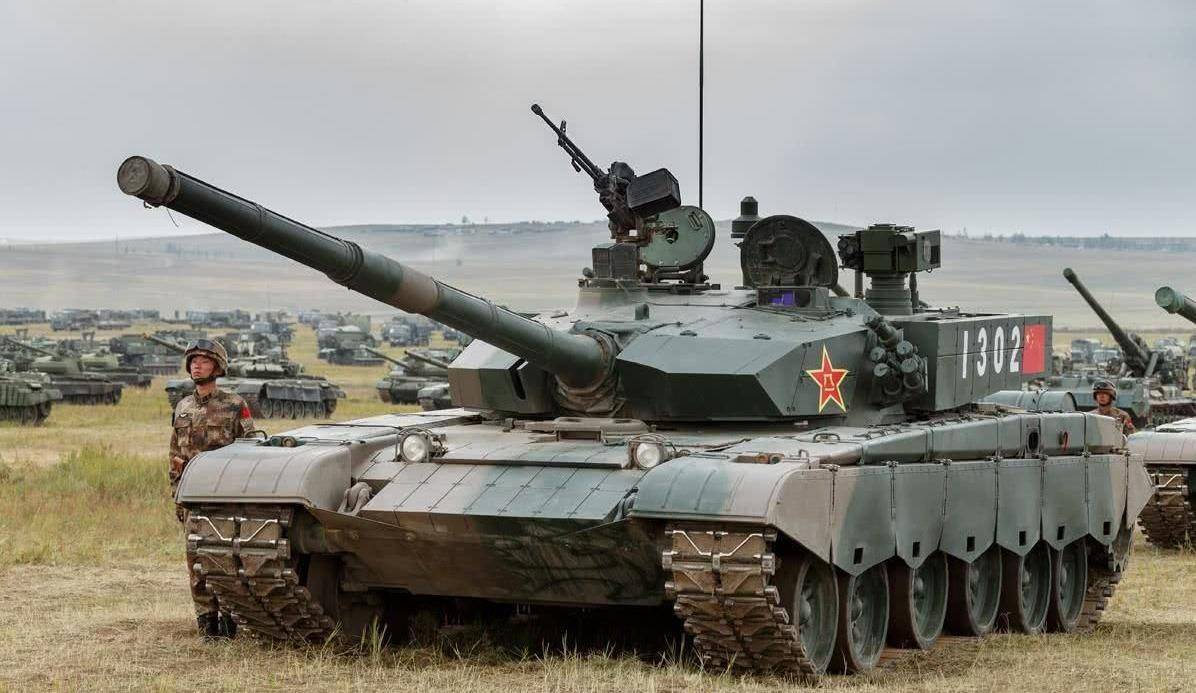
The old 99 tank still uses a 1200-horsepower engine and a double-sided planetary gearbox, which has also become a great regret for Zhu Yusheng.
On the other hand, the power system of the T-90M is unsightly. To put it bluntly, the turret of the third and a half generations is buckled on the chassis of the second and a half generations. The power system is still the old one from the T-72. -72B3M is the same V92S2F diesel engine with 1130 horsepower. The gearbox is an ancestral double-sided planetary gearbox. The track rotates forward and one side reverses, but the speed of the reverse side is too slow to be the same as the hydraulic transmission). The shift operation is still the traditional three-plate three-lever (accelerator/brake/clutch pedal, left and right two It is very cumbersome to use both hands and feet when shifting gears (friends who have driven a manual transmission car should have a deep understanding).
Moreover, because the power compartment is too compact, disassembly and assembly of the T-90 engine is very time-consuming and laborious. According to Russian propaganda, it takes 3.5 hours to disassemble the T-90S engine (because the T-80 is slower, it takes 6-8 hours, so the Russian side put This is advertised as an improvement). Therefore, compared with the T-90M in terms of power system, the 99A can be said to be a dimensionality reduction blow.
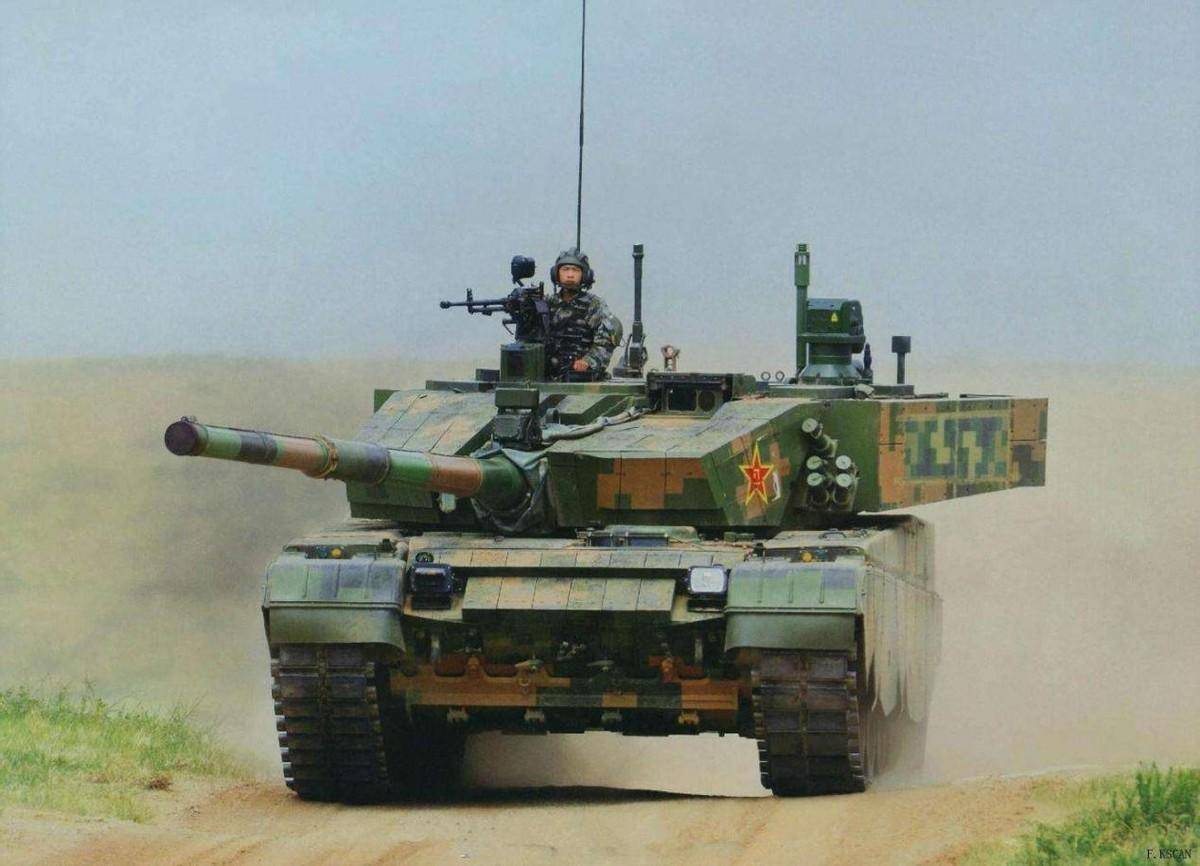
The power system of 99A has reached the mainstream level in the West, and it can be called a dimensionality reduction blow to the T-90M’s antique power system inherited from the T-72.
The second biggest advantage of 99A is the advantage of informatization, but this advantage is useless on the battlefield of Russia and Ukraine because the degree of informatization of the Russian army is too low. It is impossible to give full play to the informatization advantage of 99A without information Without a modernized reconnaissance chain, chain of command, and coordinated combat capabilities, the 99A’s informatization capabilities will only become information islands.
In addition to these two advantages, 99A has no other advantages over T-90M, and even has obvious disadvantages in some fields. First of all, the first point is the large oblique angle protection capability. Although China’s tank technology is learned from the Soviet Union, China and Russia have embarked on different paths in terms of the concept of tank protection.
Based on the experience of the Great Patriotic War, Russia believes that most of the shells faced by tanks in battle come from within the range of 20-30° obliquely. For protection, the main armor belt is arranged in a figure-eight shape to resist attacks from oblique fronts. This design is brought to the extreme on the T-90’s hexagonal turret. This design leaves a weak area in a small area in the middle of the turret (also It is on both sides of the tail of the barrel), but the oblique angle protection is very strong.
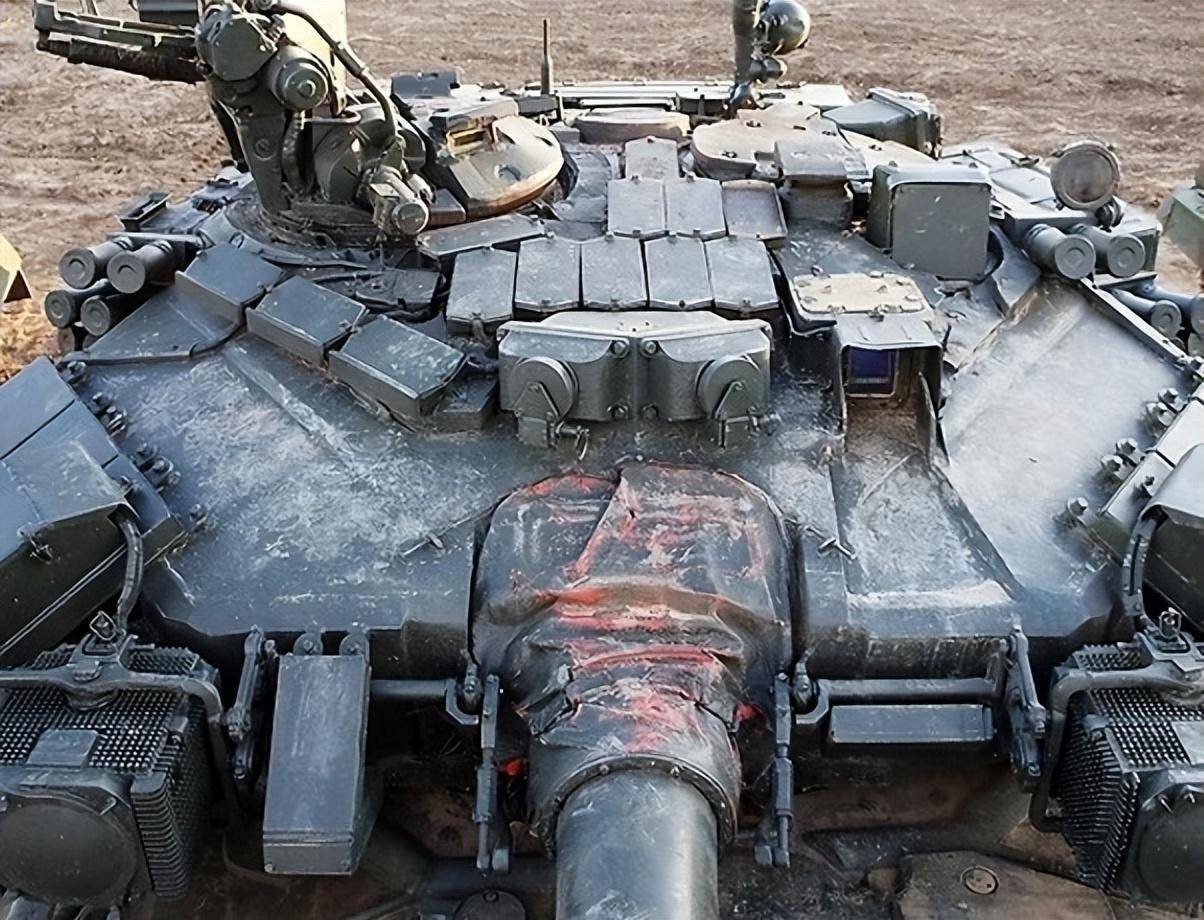
The hexagonal turret of the T-90 is designed to pay attention to the protection of large oblique angles at the expense of the protection in the middle of the turret.
For some unknown reason in China (perhaps due to mountainous terrain and defensive warfare), from Type 96 to Series 99, the turret armor arrangement pays more attention to protecting the front 0-20°. The protection of a larger oblique angle It is perfunctory; only a part of the armor steel is reinforced on the left and right outer edges of the rear of the main armor belt, and the protection at large oblique angles is not as good as that of the T-90.
The difference between T-90M and 99A is even greater regarding side protection. Compared with Russian tanks with additional armor mounted on both sides of the turret and the hull, the side protection of the 99A can be regarded as completely abandoned. not only did not mount any additional armor, but also reduced the thickness of the side armor of the car body compared to the old 59 tanks in order to reduce weight (to meet Party A’s requirement that the total combat weight should not exceed 55 tons), further deteriorating the side protection.
Therefore, the design concept of 99A may be unacceptable in the Ukrainian battlefield. Compared with T-90, it may be more easily destroyed by attacks from large oblique angles and sides.
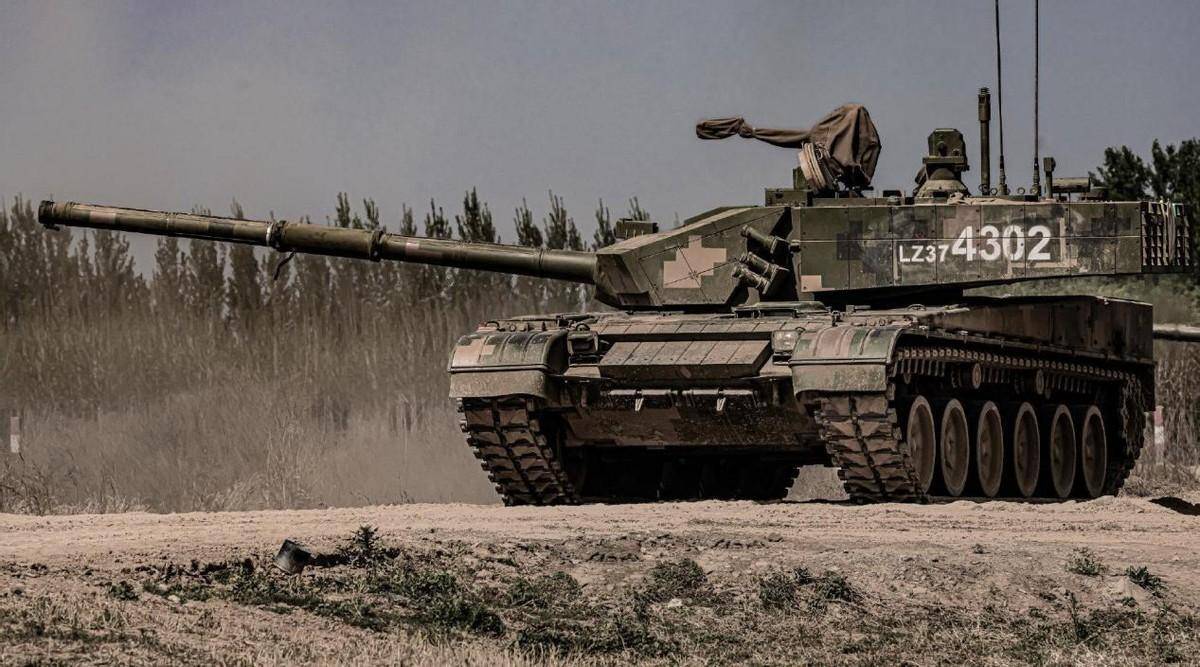
The side of the 99A car body is not covered with additional armor, not even a rubber skirt.
The second biggest disadvantage of 99A is reliability. The power system of 99A is much more advanced than that of T-90M. However, since China tried this technology for the first time, it will inevitably leave many imperfections. The reliability of the power system of 99A It has been criticized for a long time. Although it was finalized as early as 2010, it was not until 2017 that the reliability problem was solved and entered the mass production stage.
Although the reliability problem has been solved, the foundation is there. The reliability of the 99A is at most a passing level. Although the power system of the T-90M is backward, the advantage is reliability. After all, the T-72 is based on super reliability. It is famous that when Russia promoted T-90S to India, three T-90S were tested in the Thar Desert with an average daily mileage of 2000km and shooting 150 rounds of shells. Under such circumstances, the T-90S still showed the reliability that surprised the Indians and conquered the Indian military in one fell swoop.
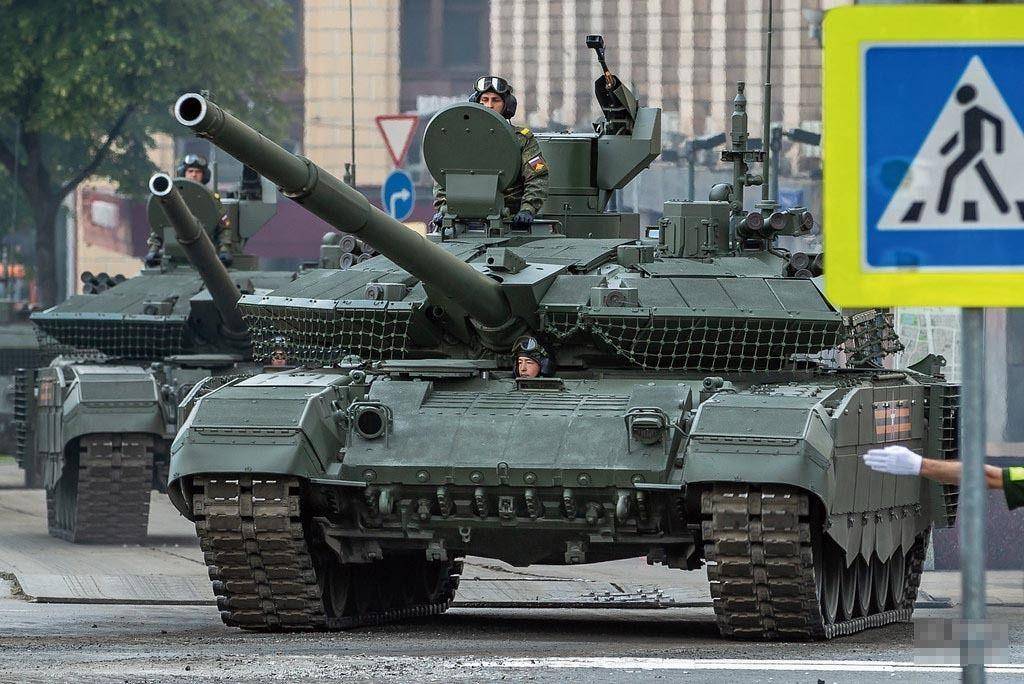
Although the power system technology of T-90M is a little behind, it wins in high reliability.
Considering the current extremely weak logistics force of the Russian army (the two military reforms of Serdyukov and Shoigu both slashed at the logistics force and became the culprit for the loss of various heavy equipment of the Russian army), if the 99A is released In the hands of the Russian army, its shortcomings of insufficient reliability will inevitably be multiplied. I am afraid that more will be discarded.
In summary, neither the Russian army nor the Ukrainian battlefield environment is suitable for the 99A to flex its muscles. The strengths of the 99A cannot be brought into play, and the weaknesses will be multiplied instead. The performance may be worse than that of the T-90M.



